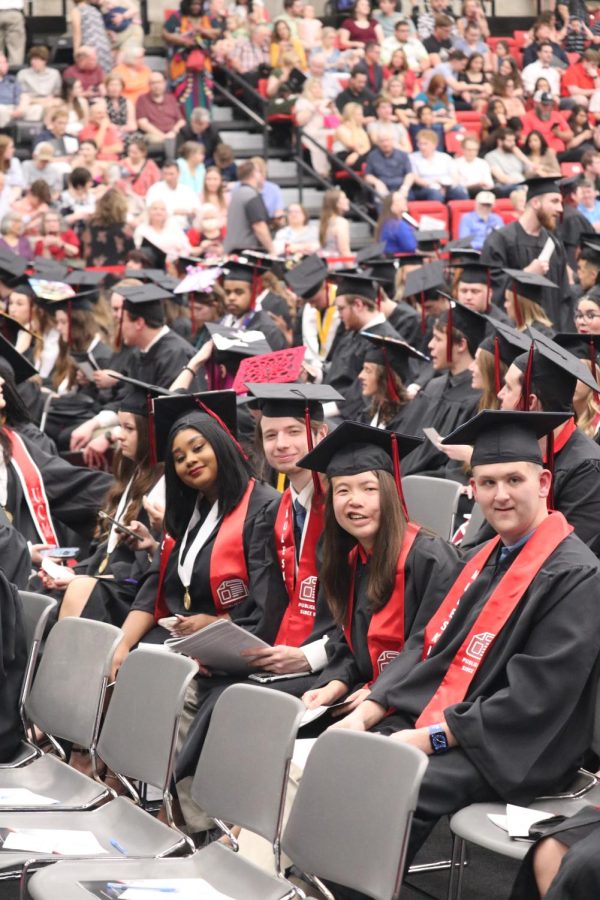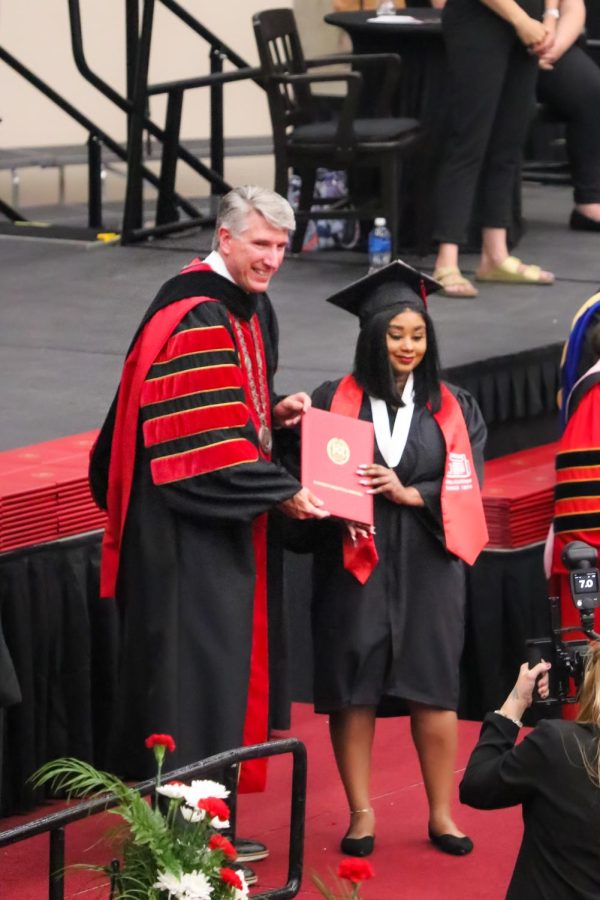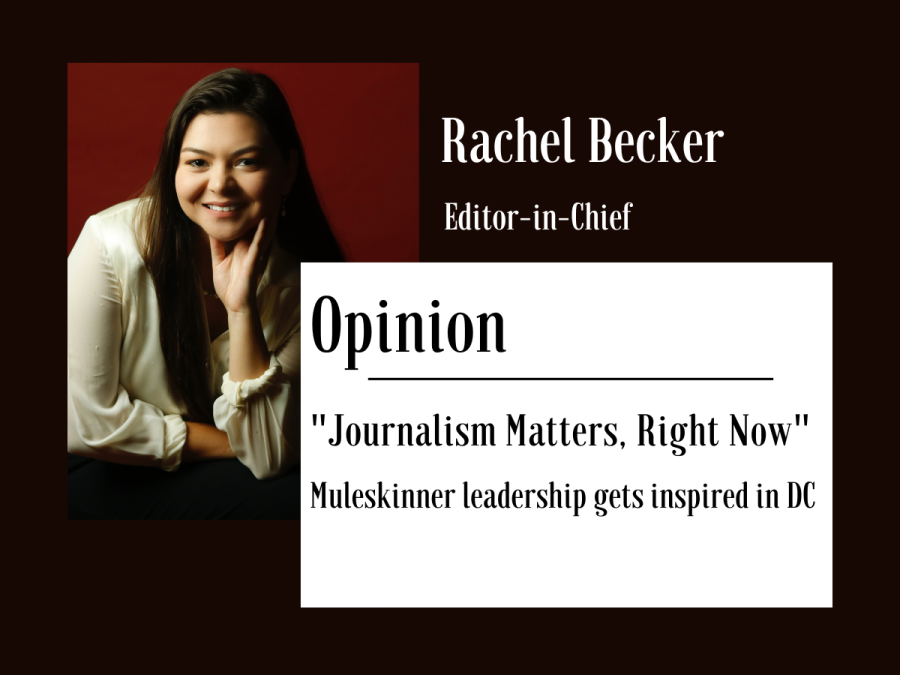By STEVEN SPEARS
News Editor
At the beginning of the semester, I found myself thumbing through the 2015 edition of UCM’s Teaching Excellence Handbook published by the Graduate School when I stumbled on an unsettling statistic.
“UCM students’ negative attitudes toward women increase after one year at UCM.”
Wait, is this true? Are discriminatory attitudes and sexist behaviors rampant around campus? They can’t be… can they?
According to UCM, they are.
The statistic can be found in a list of basic information compiled in fall 2010 on a page relating to diversity in the classroom. Since the information was so outdated, I reached out to the page’s curator, Musa Ilu, to see if the study had been updated and to get a copy of it if possible.
More than anything, I was curious about how they came to this conclusion. (Side note: I don’t take much stock in quantitative research. I don’t think you can sample 10 percent of a population and apply your results to everyone. You can draw limited conclusions from said results, but to say they are gospel is just untrue.)
Ilu informed me that the information on that page came from a student research project – one he didn’t have access to.
This just got me even more curious. If the curator of the page didn’t have the research project, who did?
I contacted Women, Gender and Sexuality Studies. Faculty pointed me to the Department of Sociology, Gerontology and Cross-Disciplinary Studies; which guided me to the Office of Student Experience and Engagement; which led me to the Graduate School. That office gave me the contact information for Musa Ilu… the first guy I spoke to. From there I contacted University Relations. They, in turn, posed the question to Deborah Curtis, provost and chief learning officer, who was unaware of the study.
But then it happened. After being bounced around from department to department for nearly two weeks, I received an official statement yesterday from the university:
“The UCM Teaching Excellence Handbook is a compilation of written materials supplied by faculty and staff members who make presentations during orientation sessions with graduate assistants who will be teaching classes. The Graduate School, which makes the handbook available, does not create the content but combines the materials into booklet form. It relies on the presenters to ensure that the content is accurate and up-to-date.
“As for the statement made by one of the presenters in the diversity section that ‘negative attitudes toward women increase after one year at UCM,’ we have not been able to find any official university data that supports this claim from 12 years ago. The author refers to a 2004-2005 report conducted by UCM’s former Office of Student Affairs, now known as the Office of Student Experience and Engagement.
“UCM is dedicated to using research and data that will aid in making decisions that include providing a safe, welcoming and inclusive campus community.”
As you may have guessed, I was a little perplexed.
So the university is saying that not only is the study older than I thought (12 years instead of six), but they are admitting they couldn’t find it? Really?
I realize that the section of the handbook where the statistic is found is geared toward getting new teachers to be conscious about what they say and the attitudes and opinions they present to young minds, but why use such a negative, outdated figure if it can’t be verified? It makes no sense to me.
The student body at UCM is 53 percent female, according to the university’s website. Telling potential students that life at UCM can lead you to be viewed in a negative light is not a selling point for the university.
If you skipped over my byline, realize that I’m a man. I can never fully empathize with women when discussing sexist behavior because I don’t face it on a daily basis. But I would think that if I were a woman, I wouldn’t want to be in an environment that contributes to negative views toward my gender.
Having been on campus for a few years now, I can tell you that I have noticed sexism in the classroom – and not just from students. I have witnessed subtle sexism from professors who think they’re saving women from failure by telling them they can’t achieve something. I have numerous female friends here who have complained about how instructors speak to them differently than they speak to men.
But does that mean UCM hates women? I honestly don’t know.
Anyway, that’s not really the issue. Everyone knows we live in a country dominated by men, making institutions within our society similarly discriminatory. We all like to think that we’re far from the problem and – in some cases – we try to distance ourselves from people whose attitudes don’t align with inclusion.
Not UCM though.
By using this unsubstantiated fact, the university is declaring that our campus is not a healthy environment. So why is it being published in UCM’s teaching material?
If no one on campus has actually seen the research making this claim, why are they telling people about it? It has been 12 years since this ghost study decided that UCM students’ negative attitudes toward women increased after one year here. Twelve years without updating the study. Twelve years without viewing the study to see how this conclusion was reached. So why are they still using this statistic?
I’m truly baffled. If I were responsible for distributing the UCM Teaching Excellence Handbook, I would update it at least once a year and, at the very least, I would read it and make sure all the information is correct in the first place.
Even if this study were done in the soundest scientific manner possible (and being student research, I’d be surprised if it was), I would never publish it unless I had access to the raw data.
Information put out by the university is given credibility by default, signaling readers to take this statistic as fact and that the university sees this as true.
But how can this fact be true if no one at the university can corroborate it?






